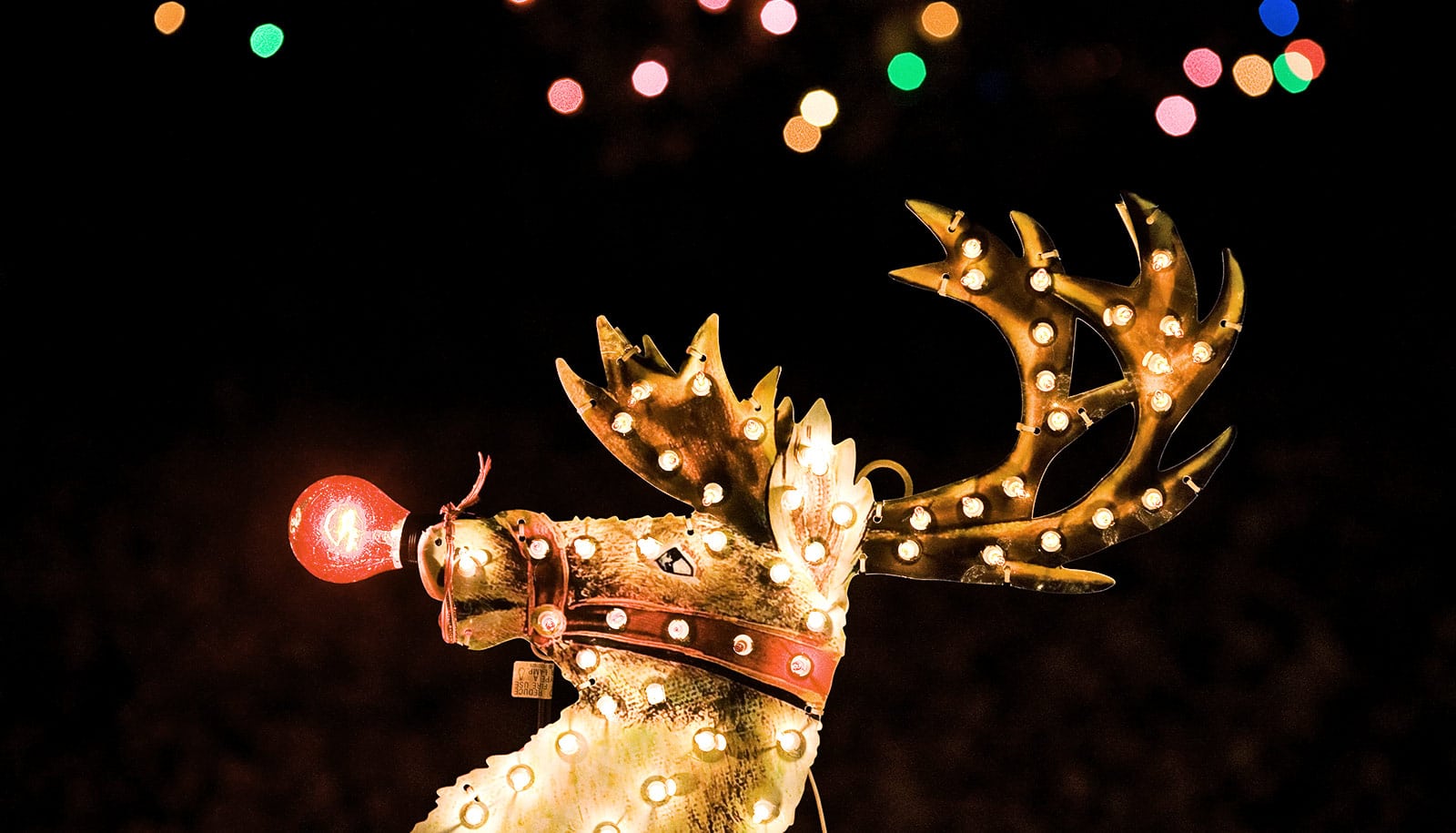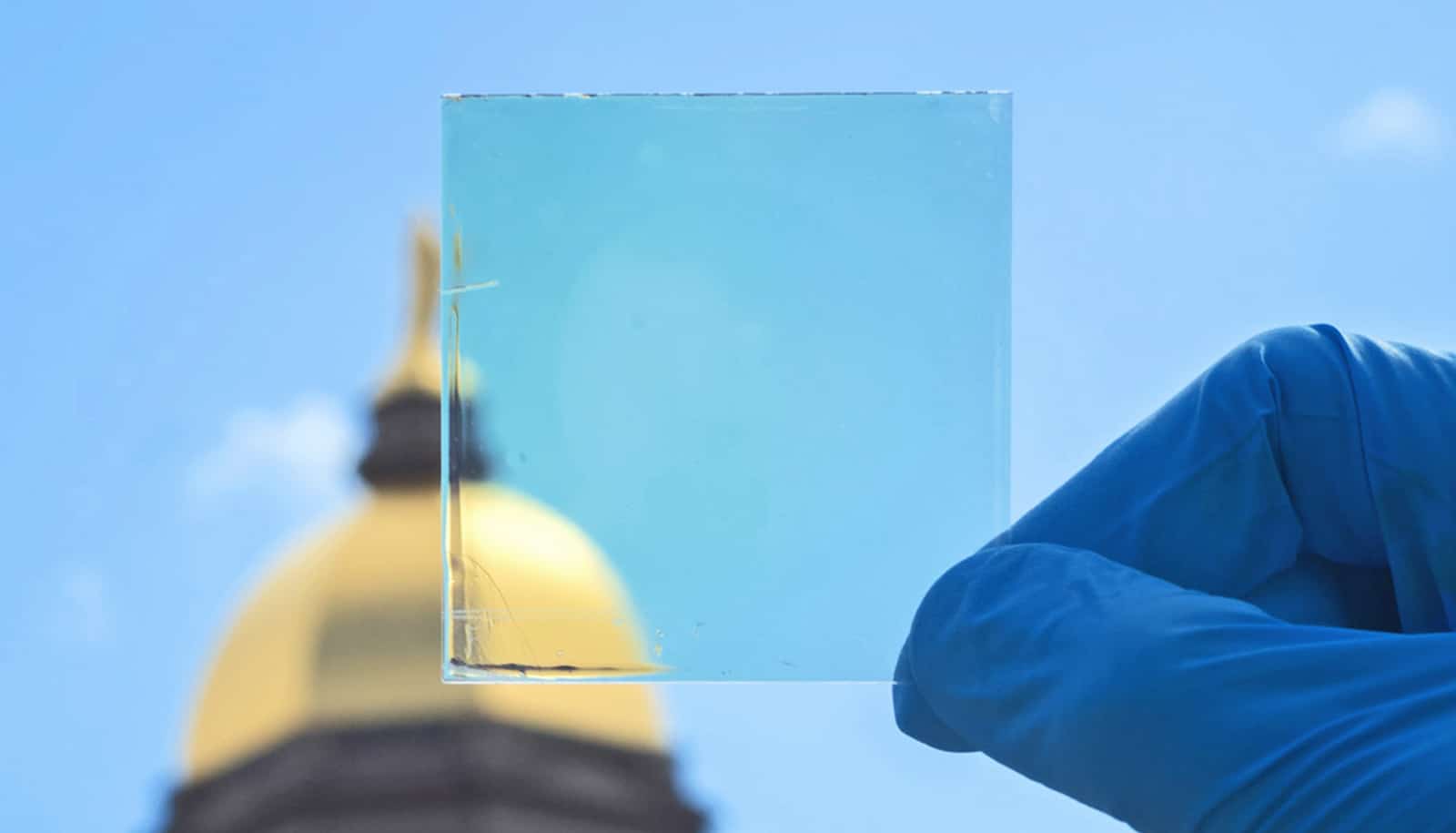Rudolph’s glowing red nose may not be entirely the stuff of kids’ Christmas stories after all.
Although reindeer noses aren’t typically red, or infused with enough light to guide a sleigh, Steve Farber, a professor of biology at Johns Hopkins University and principal investigator at the Carnegie Institution for Science, says other earthly creatures are that color and glow through bioluminescence or fluorescence—everything from jelly fish to sea anemones to the zebrafish he studies.
If genetic material from one of those organisms found a way into Rudolph’s DNA, Farber supposes he, too, could glow red—or at least his nose could.
How might that happen? Say, Rudolph’s mother, while pregnant, came upon Anthozoan coral, a brilliantly red species found in shallow tropical waters. And say she cut herself on the coral. Coral DNA might have entered her bloodstream, Farber says.
In a one-in-a-million event, only slightly more likely than running into a flying reindeer, the coral DNA might have moved from her blood into a virus-like genetic element that transferred it into the egg cell that formed Rudolph.
How Scrooge and Tiny Tim still shape Christmas
This is a process called horizontal gene transfer.
“With Rudolph,” Farber says, “the coral DNA got inserted into a gene that is normally expressed in the nasal epithelial cells, the cells of his nose. Kind of hijacking Rudolph’s nose cells and instructing them to make the red protein. And since the coral DNA is now in Rudolph’s DNA it will be present forever through his life, it would just make this red protein that made his nose red—like a light bulb.”
Source: Johns Hopkins University



